
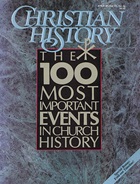
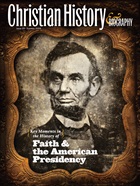
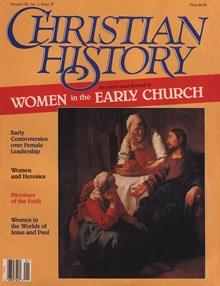
In addition to the full archives of Christian History, CT subscribers also receive:
Already a CT subscriber? Log in
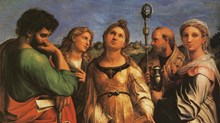
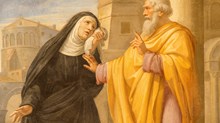
April 24, 387: On this day, Augustine of Hippo writes in his autobiographical Confessions, "We were baptized and all anxiety for our past life vanished away." The 33-year-old had been a teacher of rhetoric and pagan philosophies at some of the Roman Empire's finest schools, but after great influence by his mother, Monica, and the famous bishop Ambrose, he turned to Christianity. His baptism by Ambrose, on Easter Sunday, marked his entrance into the church (see issue 15: Augustine and ...
